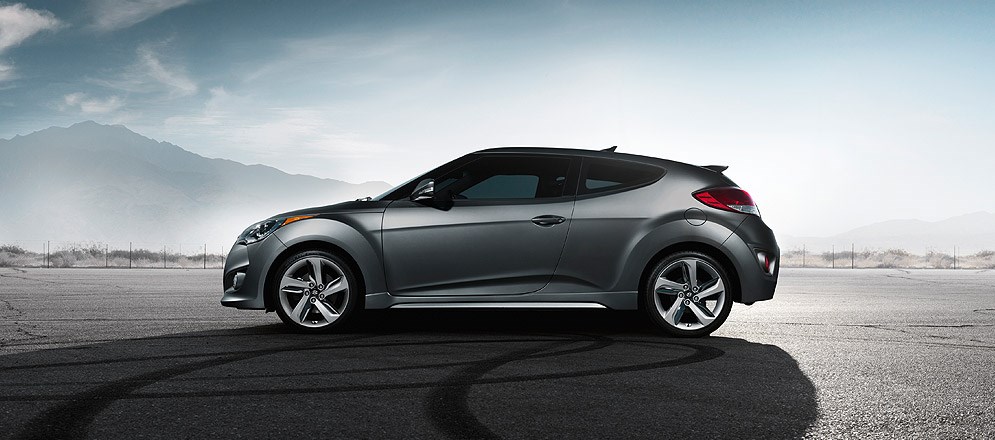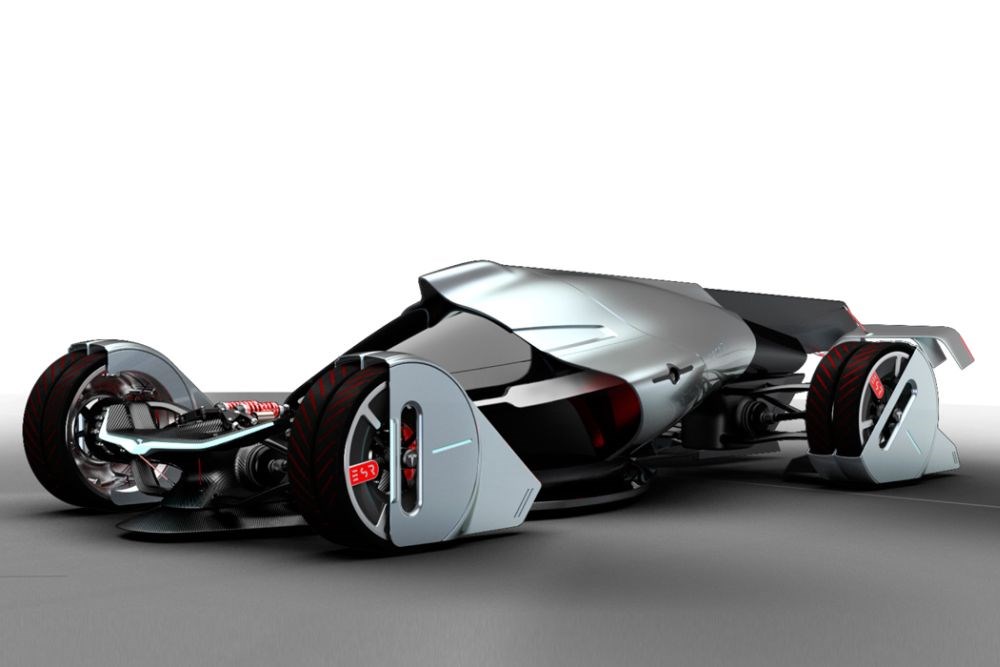At last week's Shanghai Motor Show, MG -- of all companies --showed off a rather marvellous-looking machine in the form of its new E-Motion concept coupe.
It's easy to forget that a) MG is a Chinese brand these days and b) it exists at all.
The company -- owned by automotive giant SIAC for over a decade -- has been quiet in our neck of the woods; its budget-minded MG 3 hatchback and MG 6 liftback were perfectly good cars, so long as you didn't mind a deficit of specification and hard plastics.
They found favour with a few buyers here, but generally, seeing one on New Zealand roads will provoke a comedy double-take.
But if what the manufacturer showcased at the Shanghai show is to make it into production (a feat MG suits suggest could happen in as little as 18 months), the idea of the ex-British hallmark brand as a desirable buy could rise once again.
Pre-show rumours, that an MG sports car was imminent, proved correct. Some -- mainly British -- motoring writers opined that unless it looked like the modern reinterpretation of a classic MGB roadster, the exercise would be for nothing.
Well, the MG E-Motion doesn't look like an old British sportscar. And, as much as we're partial to the smell of oil and aged vinyl, that's a good thing. MG has dispensed with the octagon-shaped MG logo at the rear, the cads!
The E-Motion looks more like a Jaguar F-Type coupe than anything, with - for the concept car at least - butterfly doors and a claimed 0-100km/h sprint time of 4.0 seconds. The E part of the nameplate tells you it's 'leccy-powered, too.
We hope MG makes a go of this; it could be a hybrid or full EV Mazda MX-5/Toyota 86 rival of reasonable standing if it gets it right.
Hyundai Veloster keepin it quirky

Hyundai is going from strength to strength as a brand. The past decade has been unbelievably good to the company, financial crisis and all.
But naturally, unless you're building 1000 exotic cars per year and don't care about conquest customers, the trade-off to mainstream megabucks is a certain degree of model homogenisation.
It has long been the template for German marques (look at the scalable faces of each Volkswagen and Audi in their respective ranges) and it is starting to creep in a bit at Hyundai and Kia.
Uniformity can be somewhat satisfying - well, when it doesn't involve mass political rallies or anything like that -- but everyone needs a black sheep in their lives, just to keep one on one's toes.
For Hyundai, that's the Veloster. And for fans of this quirky wedge-shaped coupe-slash-liftback thingy, the manufacturer has said the 2018 version will retain all the characteristics that make it distinctly unlike anything else in the Hyundai range. Good.
Hyundai Kia's design overlord and resident turtle-neck sweater enthusiast, Peter Schreyer, has told media the new Veloster will continue to "deliver something nobody else has". Our first thought here at The Good Oil is that he must be referring to "frustration"; as experienced when trying to access something in the back seat, but only having one (left-hand side) rear passenger door to open to get to it.
But no, he's probably talking about more intangible things like "coolness", "a point of difference" and "chunky styling". Well, Schreyer has proven he's rather good at this high-level crayons-and-paper stuff over the past 20 years, so we'll leave it with him.
We only hope the next Veloster is barking mad. Anything less than a rear-mid-mounted engine and we'll be slightly disappointed.
A Tesla that really sucks

Because it appears to be fast becoming illegal to compile a motoring column without some reference to Tesla, here's news of a turbine-driven Tesla concept. Which sort of sounds like something you'd expect to have heard about in the jet age of the 1950s ...
But the Tesla T1 Concept is a bit of a smooth-skinned think-piece, designed to showcase what an electric Le Mans endurance racer of the future might look like. So far, so very wind tunnel-sculptured.
Underneath all the sci-fi stuff is ... well okay, more sci-fi stuff. And it has to do with turbine-power.
The wheels are the key. The engineering behind each of the car's free-standing wheels is based on something known as the Gorlov wind turbine concept, which allows air to be channelled from any angle.
Each wheel incorporates an independent air suction turbine; the system canalises the air through ducts leading to a larger "final" turbine at the back of the racer. Here the four air streams merge and are pushed through the fifth turbine, which gives the car more push than a Russian cabinet minister in a debating chamber scuffle.
Combine this forward momentum with the vehicle's electric drive system and you have one helluva powerful race car. Any would-be Tesla team looking to compete would have a distinct advantage at Le Mans, too. Imagine filling a couple of spectator stands with a thousand Tesla brand acolytes, harnessing all the hot air spouted, and using it as fuel?




